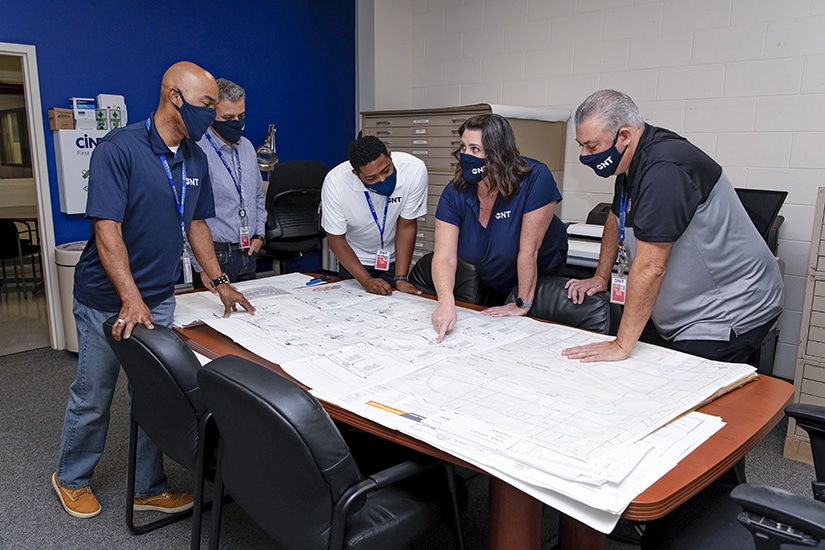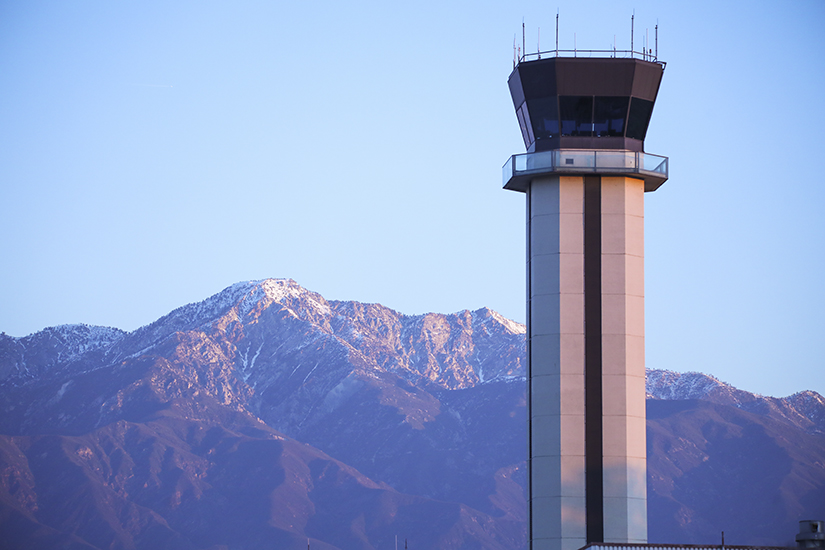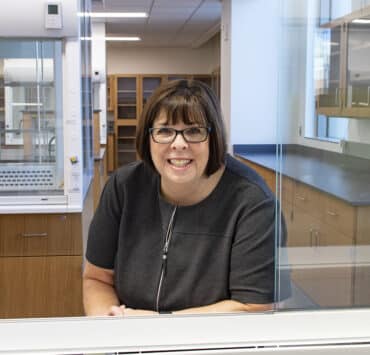|
Getting your Trinity Audio player ready...
|
Michelle Brantley is in the business of connecting. As director of planning at Ontario International Airport (ONT) in Southern California, she understands that connecting people in the air is entirely dependent on how airports connect to community on the ground. With 20-plus years in the industry, her optimistic approach to planning and can-do attitude has only augmented ONT’s influence over the Inland Empire’s vibrant ecosystem.
“I’m a third-generation airport industry employee,” Brantley says. A Washington State native, her grandfather worked for Sea-Tac Airport in the early ’50s and her father followed suit in the ’70s, making her a natural fit when she started as a receptionist at the Port of Seattle in 1998. She answered phones. She got to know the many airport divisions. She was mentored by some of the industry’s best.

A number of professional opportunities over the next 20 years culminated in her role as senior development manager, where she oversaw all terminal development and planning activities for the Pacific Northwest’s high-traffic airport. By growing her career at Sea-Tac, she gained visibility, an understanding of capital programs, and specialized insight into the flow of the field.
“Airports are the first and last impression of a city or region,” Brantley says, “so being able to impact that environment is really special.”
So when Brantley was approached about a role at Ontario International Airport, moving down the coast was an uncomplicated decision. “I could barely contain myself,” she remembers. As a medium-hub airport, she was attracted to the more involved staff, the unwavering support of local jurisdictions, and opportunities to develop surrounding land to best serve the region. The sunshine was also a nice touch.
“Ontario is a unique kind of unicorn,” Brantley explains. The city of Ontario and the county of San Bernardino formed a joint powers authority and in 2016 regained local control of the airport, which until then had been operated by Los Angeles World Airports. As economic drivers, multi-airport systems ought to share travel activity, as seen in New York City or San Francisco.
Driving several hours from the Inland Empire to LAX in traffic did not exactly reflect that philosophy. “[ONT] is not secondary to Los Angeles,” Brantley says. “It’s serving its own vibrant community and regional area. The shift to local control allows us to better serve the Inland Empire.”

The director’s team is creating what some might call an airport city. Where Seattle did not have the land on which to expand, in Ontario it does. By minimizing travel times for freight and goods and providing services for passengers, Brantley carefully plans airport modernization and improvements to smartly benefit the region.
When she joined the team in 2019, she built the planning department from the ground up. “I started building and strengthening relationships with the jurisdictions we interact with,” she says, “[including] the FAA, TSA, CBP, and local air quality management and water districts.”
Ensuring they stay in compliance with current standards, she updated the FAA required Airport Layout Plan and Exhibit “A” Property Map. To ensure everything remains nimble in the face of challenges (like COVID-19), Brantley hired additional on-call planning consultants. And by getting approved to lease land for airport-related development, the director will equip her team to further provide for the nine million residents for whom ONT is the closest airport when accounting for commuting time.
“There are a ton of potential tenants interested in building on or near the airport,” Brantley says. “My team and I work with those parties on concept development to work through early issues and ensure feasibility.”
Planning for transit opportunities has added to her excitement. “I am working closely with the San Bernardino County Transportation Authority on a tunnel connection from a local Metrolink station to the airport,” she says. Elon Musk’s Boring Company is in negotiations for this underground, zero-emissions tunnel, which will expand passenger and employee access to the airport, preventing traffic nightmares and advancing the region’s connectivity.

With the completion of a new sorting facility and plans to launch a new International Arrivals center, Brantley is an expert at balancing several projects at once. Moreover, the airport is guided by a diverse board with an array of backgrounds. Free from old-school rules that inhibit more established organizations, its professional culture makes space for new ideas.
“Anything is possible; just tell me what it takes to do it,” Brantley says. “It’s asking the right questions. It’s looking back for lessons, ahead to anticipate what’s going to happen, planning for risks and opportunities, and always having that can-do attitude.”
As passionate for airports as she is for people, Brantley enjoys mentoring the next generation of leaders, learning from colleagues across department lines, and helping people find passion in their work. “Everyone has something to offer us, and while I take it in, I’m already connecting it to other things,” she says. She asks herself, “How can I use this? If I can’t, who might?”
Luckily for Brantley, connecting is second nature. And at Ontario International Airport, her work will continue to bridge the ecosystem she serves.


